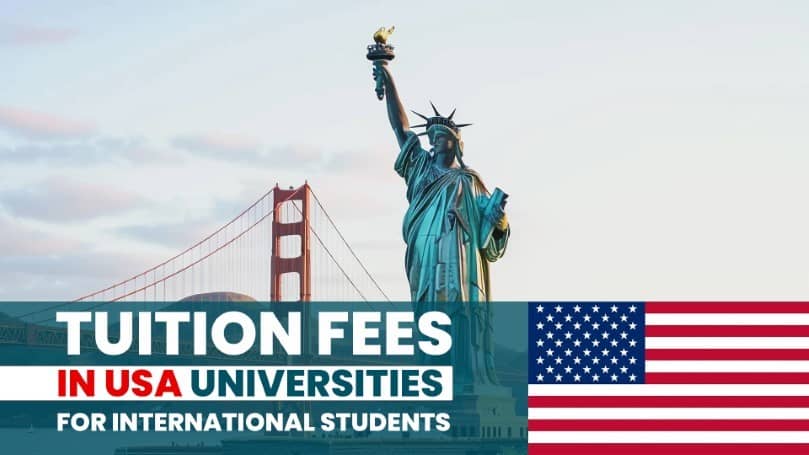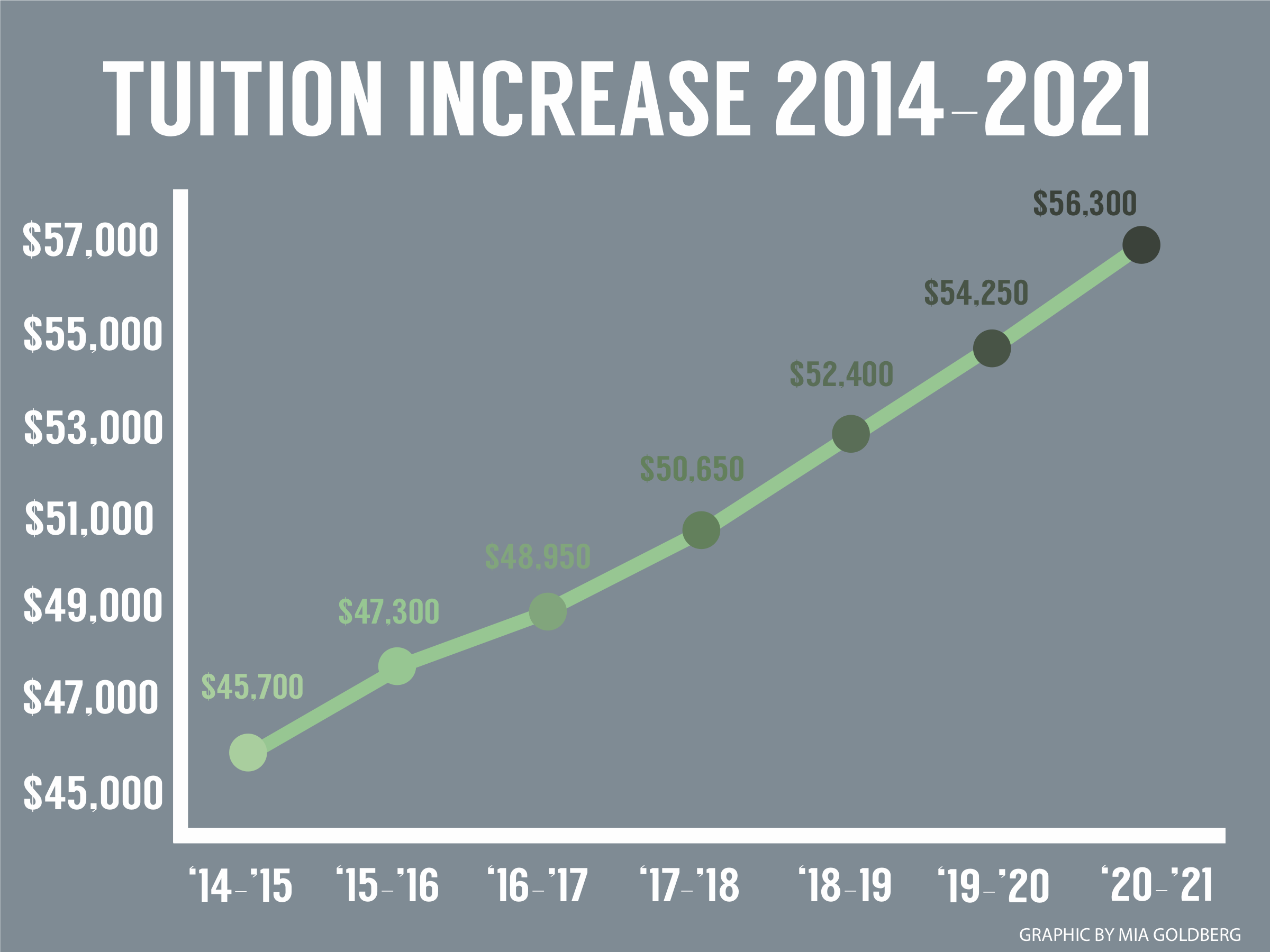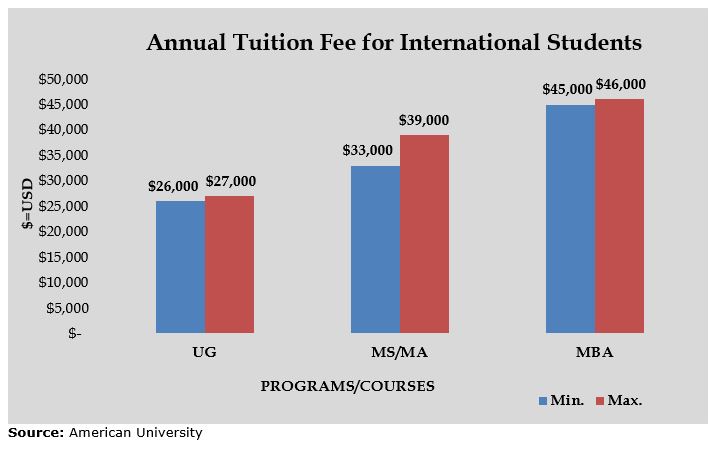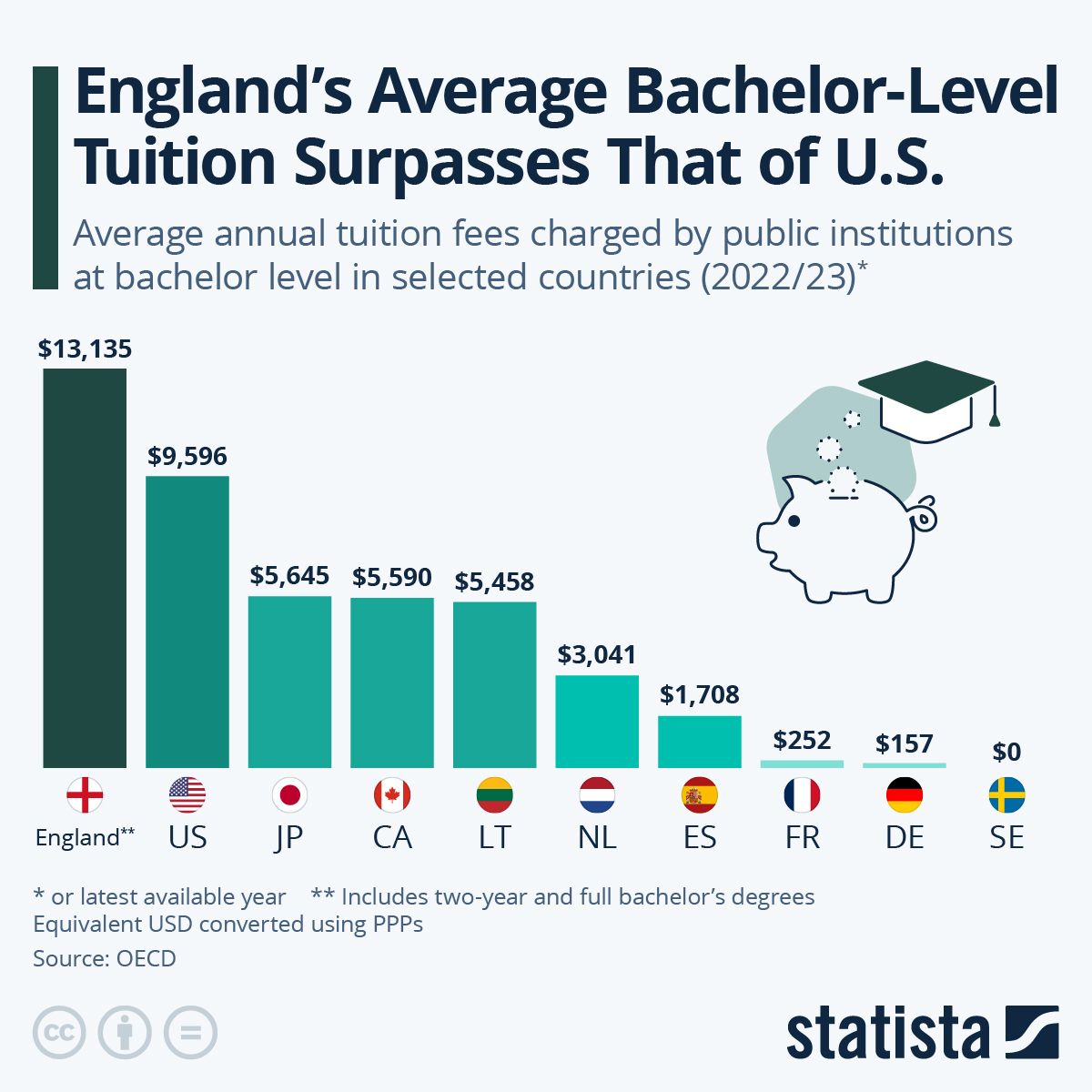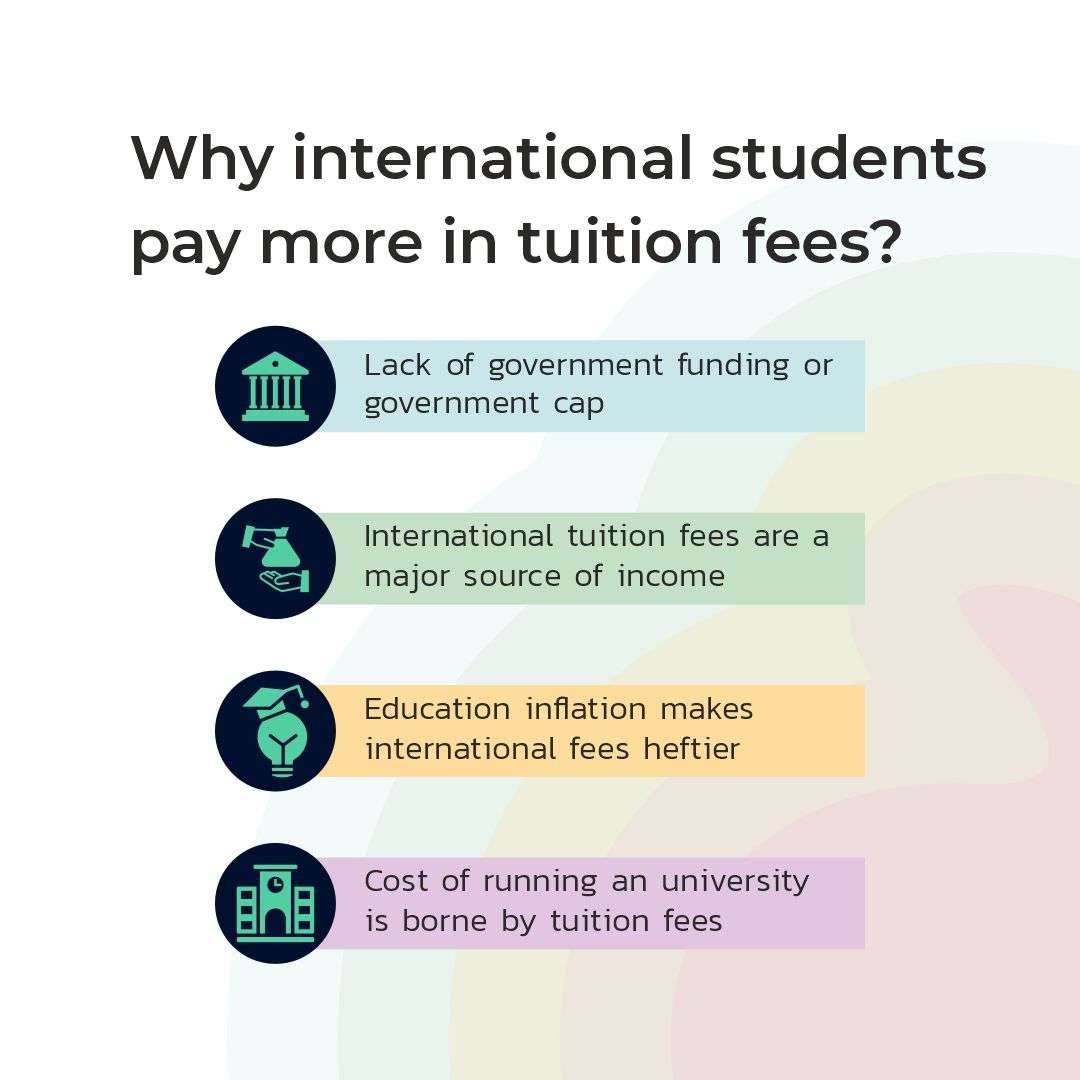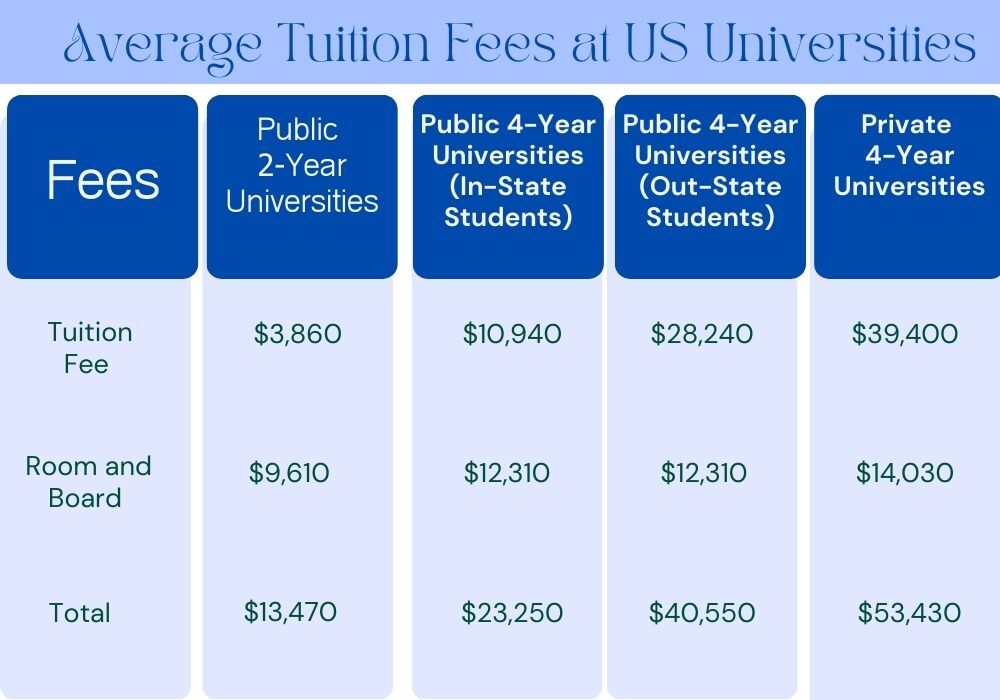Tuition Fees In Usa For International Students

International students in the U.S. are facing escalating tuition fees, potentially jeopardizing their access to American higher education. The rising costs are forcing many to reconsider their academic futures, with some institutions experiencing a dip in international applications.
This situation presents a critical challenge to the diversity and global competitiveness of U.S. universities. The increasing financial burden necessitates a deeper examination of the factors driving tuition hikes and their consequences on international student enrollment.
The Soaring Costs
Tuition fees for international students at U.S. universities are significantly higher than those for domestic students. According to a 2023 report by ICEF Monitor, international students often pay two to three times more.
For example, at many public universities, the average annual tuition for international undergraduates ranges from $30,000 to $60,000. Private universities can charge even higher rates, sometimes exceeding $70,000 per year.
The Institute of International Education (IIE) notes that these costs do not include living expenses, health insurance, and other associated fees, adding to the financial strain.
Factors Driving the Increase
Several factors contribute to the rising tuition fees. Decreased state funding for public universities is a primary driver, forcing institutions to rely more on tuition revenue.
Additionally, the cost of maintaining and improving campus infrastructure, coupled with increasing faculty salaries, impacts tuition rates. Inflation and economic instability further exacerbate these financial pressures.
Furthermore, some universities argue that international students contribute significantly to the university's revenue stream, thus justifying higher fees.
Impact on Enrollment
The escalating tuition costs are already affecting international student enrollment. Preliminary data from several universities indicates a slight decline in applications and acceptances for the 2024-2025 academic year.
A recent survey by NAFSA: Association of International Educators revealed that 40% of international students consider tuition fees as the most significant barrier to studying in the U.S. Many are exploring alternative destinations like Canada, Australia, and Europe, where tuition fees might be more affordable.
This shift could lead to a decrease in the diversity of student bodies and potentially impact the long-term global engagement of U.S. universities.
Financial Aid and Scholarships
While some universities offer financial aid and scholarships to international students, these opportunities are often limited and highly competitive. Many international students rely on personal or family funds, loans, and external scholarships to finance their education.
Organizations like the Fulbright Program and the International Student Loan Program provide some financial assistance, but the demand far exceeds the available resources. The lack of sufficient financial support options is a major concern.
Universities are now exploring innovative solutions, such as need-based grants and partnerships with international organizations, to alleviate the financial burden.
Looking Ahead
The ongoing debate surrounding tuition fees for international students necessitates immediate action. Universities and policymakers need to address the root causes of rising costs and explore sustainable funding models.
Increased transparency in tuition fee structures and expanded financial aid opportunities are crucial. International student advocacy groups are pushing for policy changes to ensure equitable access to higher education in the U.S.
Monitoring enrollment trends and gathering data on the financial challenges faced by international students remain essential steps in addressing this pressing issue. Further analysis is needed to determine the long-term consequences and identify effective solutions.

